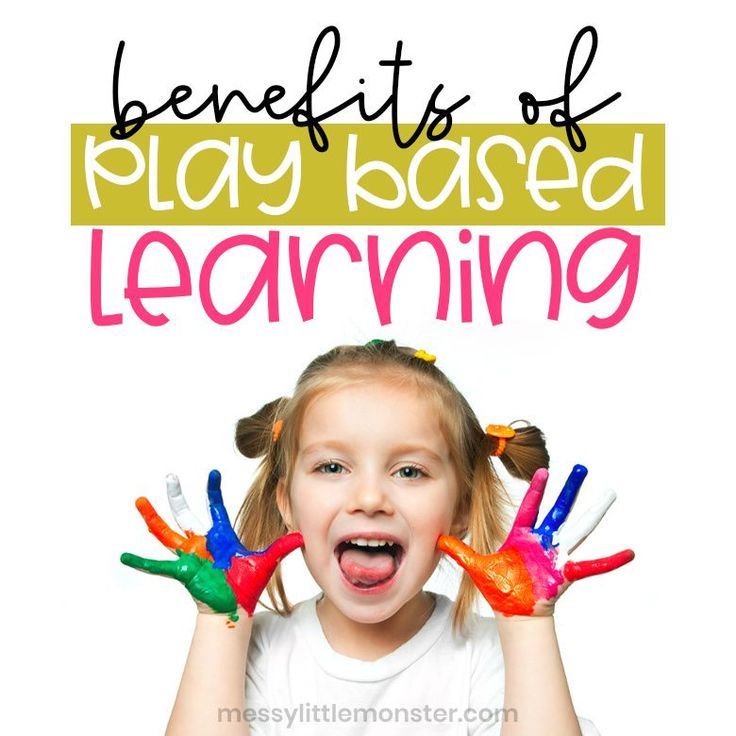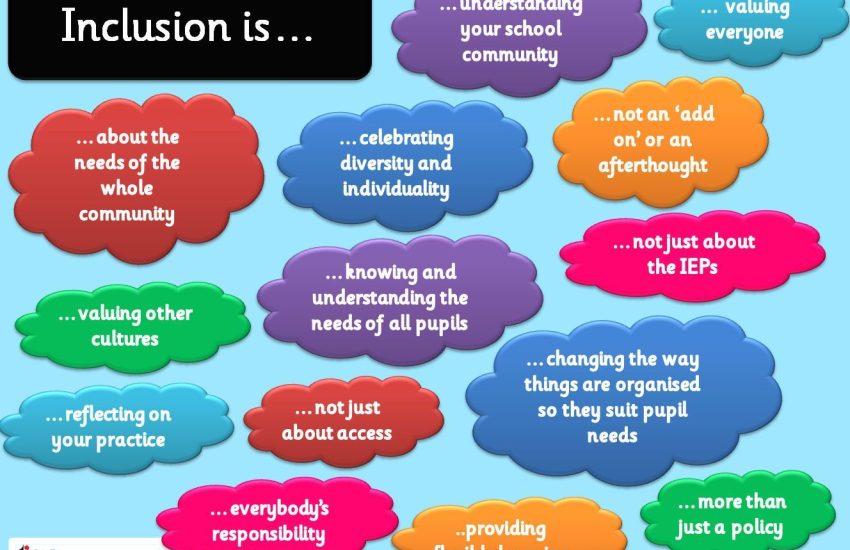Play-Based Learning: Benefits and Implementation
In recent years, play-based learning has gained popularity in the field of education, particularly in the tech niche. This approach to learning not only engages students in a fun and interactive way, but also enhances their cognitive and social development. In this article, we will explore the benefits of play-based learning and provide tips for implementing it in the classroom.
The Benefits of Play-Based Learning
1. Enhances Creativity and Problem-Solving Skills
When students engage in play-based learning activities, they are encouraged to think outside the box and come up with innovative solutions to problems. This helps them develop their creativity and problem-solving skills, which are essential for success in the tech industry.
2. Improves Collaboration and Communication
Play-based learning often involves group activities, which require students to work together to achieve a common goal. This promotes collaboration and communication skills, which are crucial for working in a team-oriented tech environment.
3. Increases Engagement and Motivation
One of the main advantages of play-based learning is that it keeps students engaged and motivated throughout the learning process. By incorporating elements of play into the curriculum, teachers can make learning more enjoyable and exciting for their students.
4. Builds Confidence and Self-Esteem
Through play-based learning, students have the opportunity to explore new ideas and concepts in a safe and supportive environment. This helps build their confidence and self-esteem, which are essential for tackling challenging tech projects.
Implementation Tips for Play-Based Learning
1. Provide a Variety of Play-Based Activities
When implementing play-based learning in the classroom, it is important to provide a variety of activities that cater to different learning styles and interests. This could include interactive games, hands-on experiments, and creative projects that allow students to explore tech concepts in a fun and engaging way.
2. Incorporate Technology Tools
Integrating technology tools into play-based learning activities can enhance the learning experience and expose students to real-world tech applications. This could involve using coding software, robotics kits, or virtual reality simulations to create interactive and immersive learning experiences.
3. Encourage Reflection and Discussion
After completing a play-based learning activity, encourage students to reflect on their experiences and discuss what they learned with their peers. This not only reinforces their understanding of tech concepts, but also helps them develop critical thinking and communication skills.
4. Create a Supportive Learning Environment
To successfully implement play-based learning, it is important to create a supportive and inclusive learning environment where students feel comfortable taking risks and exploring new ideas. This could involve setting clear expectations, providing feedback and encouragement, and fostering a sense of community within the classroom.
Conclusion
Play-based learning offers numerous benefits for students in the tech niche, including enhanced creativity, collaboration, and motivation. By implementing play-based learning activities in the classroom and incorporating technology tools, teachers can create a dynamic and engaging learning environment that prepares students for success in the ever-evolving tech industry.
Are you ready to revolutionize your teaching approach and unlock the full potential of your students through play-based learning?


